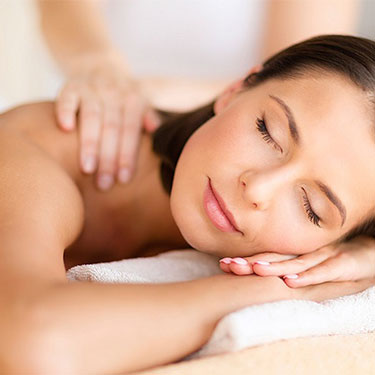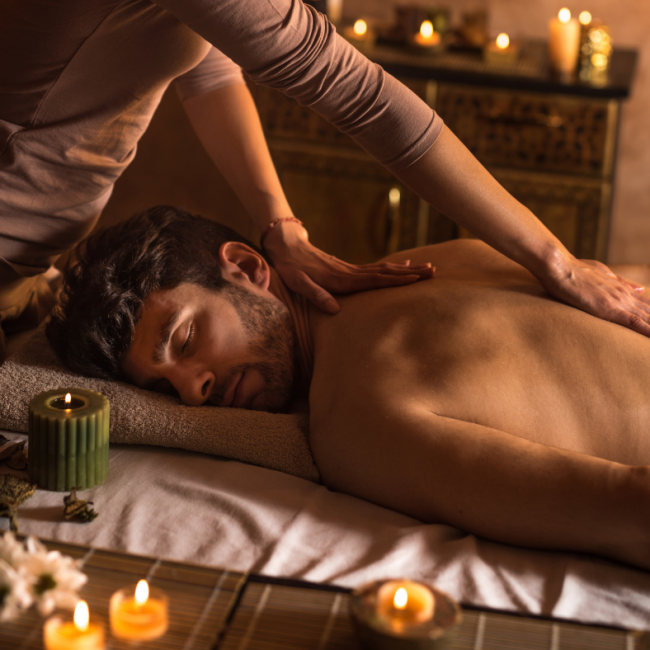Body Massage
Body massage is a therapeutic practice that has been used for centuries to promote relaxation, relieve muscle tension, and improve overall well-being. It involves the manipulation of the body’s soft tissues, including muscles, tendons, and ligaments, using various techniques. Here’s an in-depth look at body massage, its benefits, techniques, and what to expect during a session.
Benefits of Body Massage
- Stress Relief: One of the most well-known benefits of body massage is its ability to reduce stress. The soothing touch of a massage therapist can help lower cortisol levels, the hormone associated with stress, and increase the production of serotonin and dopamine, which are known as the “feel-good” hormones1.
- Pain Management: Massage therapy can be an effective way to manage chronic pain conditions such as arthritis, fibromyalgia, and lower back pain. Techniques like deep tissue massage can target specific areas of tension and help alleviate pain.
- Improved Circulation: Massage stimulates blood flow, which can help improve circulation. This increased blood flow can aid in the delivery of oxygen and nutrients to the muscles and tissues, promoting healing and recovery.
- Enhanced Flexibility: Regular massage can help improve flexibility and range of motion by reducing muscle stiffness and increasing joint mobility. This is particularly beneficial for athletes and individuals with physically demanding jobs.
- Boosted Immune System: Some studies suggest that regular massage can enhance the immune system by increasing the activity of natural killer cells, which help fight off infections and diseases1.
Common Massage Techniques
- Swedish Massage: This is one of the most popular types of massage. It involves long, gliding strokes, kneading, and circular movements on the topmost layers of muscles. Swedish massage is great for relaxation and stress relief.
- Deep Tissue Massage: This technique focuses on the deeper layers of muscle and connective tissue. It is especially helpful for chronic aches and pains and areas such as the neck, upper back, and shoulders.
- Sports Massage: Designed for athletes, sports massage can help prevent injuries, improve performance, and speed up recovery. It often includes stretching and other techniques to enhance flexibility.
- Shiatsu: A Japanese form of massage that uses finger pressure on specific points of the body. Shiatsu aims to balance the body’s energy flow and promote overall health.
- Hot Stone Massage: This technique involves the use of smooth, heated stones placed on specific parts of the body. The heat helps relax muscles and improve blood flow, providing a deeply relaxing experience.
What to Expect During a Body Massage
When you arrive for a massage session, you’ll typically be asked to fill out a health questionnaire to inform the therapist of any medical conditions or areas of concern. This helps the therapist tailor the massage to your specific needs.
During the massage, you will lie on a massage table, usually covered with a sheet or towel. The therapist will use massage oil or lotion to reduce friction on the skin. The session may start with gentle strokes to warm up the muscles, followed by more specific techniques targeting areas of tension or pain.
Communication with your therapist is key. If you feel any discomfort or pain during the massage, let them know so they can adjust their technique. After the massage, it’s common to feel relaxed and sometimes a bit drowsy. Drinking plenty of water afterward can help flush out any toxins released during the massage.
Conclusion
Body massage is a powerful tool for maintaining physical and mental health. Whether you’re looking to relieve stress, manage pain, or improve flexibility, there’s a massage technique that can meet your needs. Regular massage sessions can contribute to a healthier, more balanced lifestyle, making it a worthwhile addition to your self-care routine.




